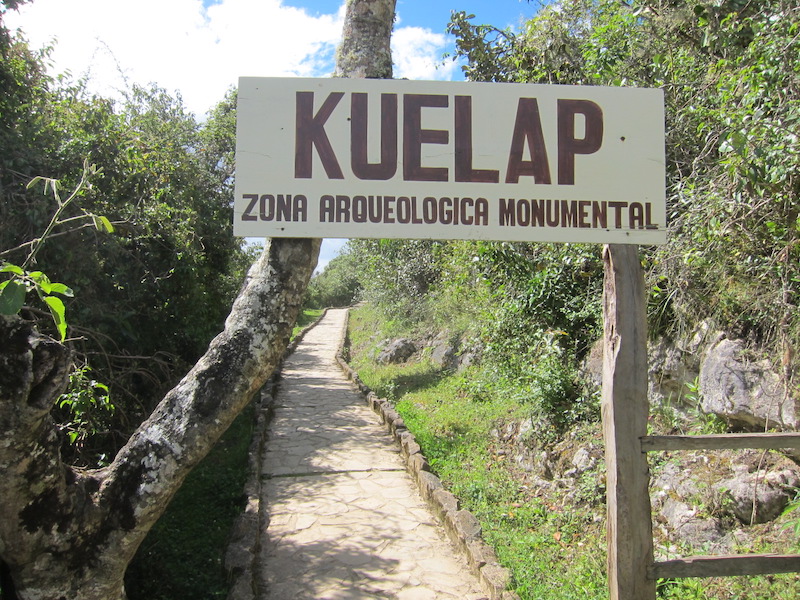
Kuelap
Kuélap is a large pre-Columbian walled city located in the Department of Amazonas of present-day Peru.
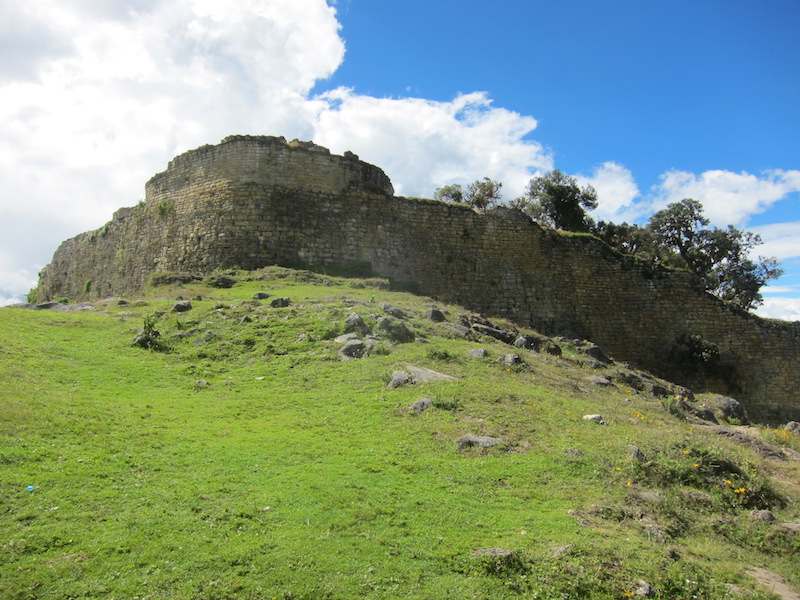
Kuelap
Kuelap is situated on a limestone ridge 3,000 m (10,000 ft) above sea level in the mountains overlooking the Utcubamba Valley.

Kuelap
Kuelap was built by the Chachapoya, an Andean culture that emerged from 800 AD to dominate a triangular region roughly delineated by the Marañón, Utcubamba & Abiseo rivers.

Kuelap
Kuelap covers 6 hectares (14.8 acres) in an irregular trapezoidal shape, on a north-south orientation.
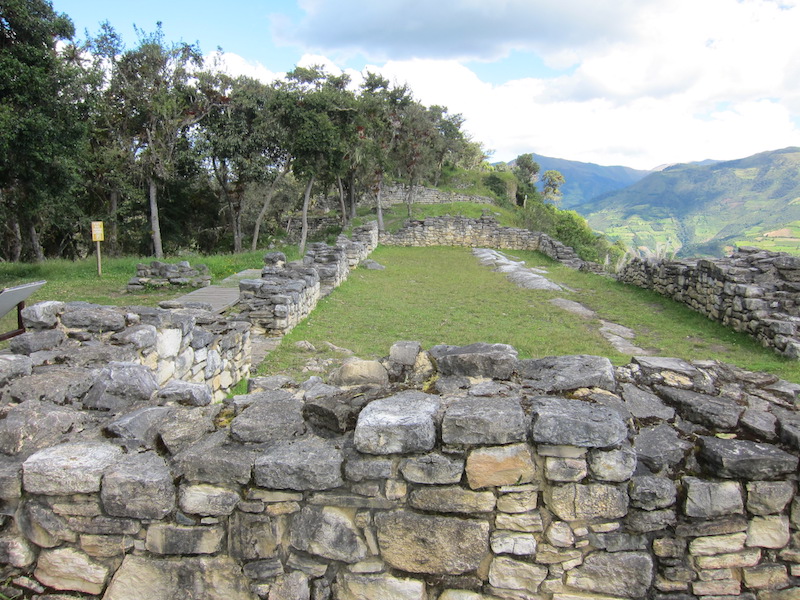
Kuelap
Kuelap’s Pueblo Alto (upper level) contains 4 rectangular structures (possibly built by the Incas) & 25 circular structures. It is overlooked by the Torreon, a 7 m (23 ft ) high tower.
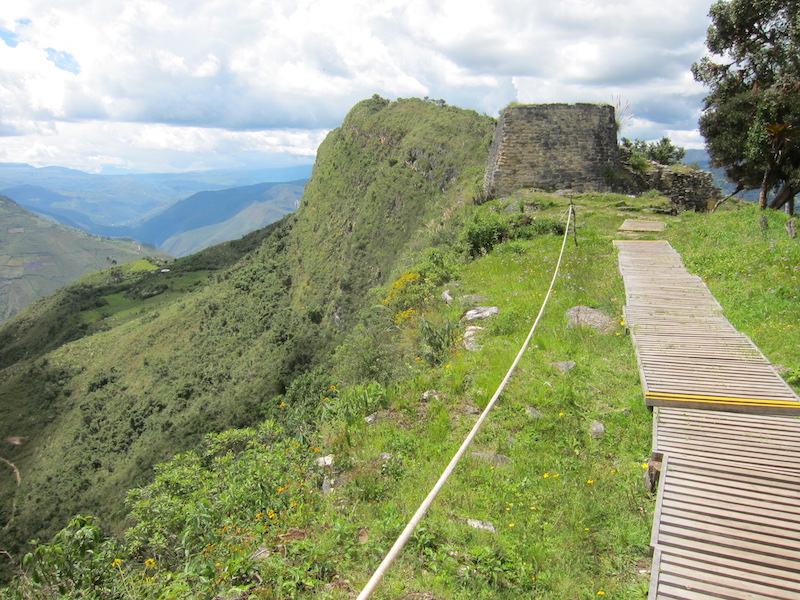
Kuelap
The Torreon has a rhomboidal shape. At first glance, it would look to have a military purpose; but the discovery of human remains has led archaeologists at Kuelap to believe that it it fulfilled a ritual & symbolic role.
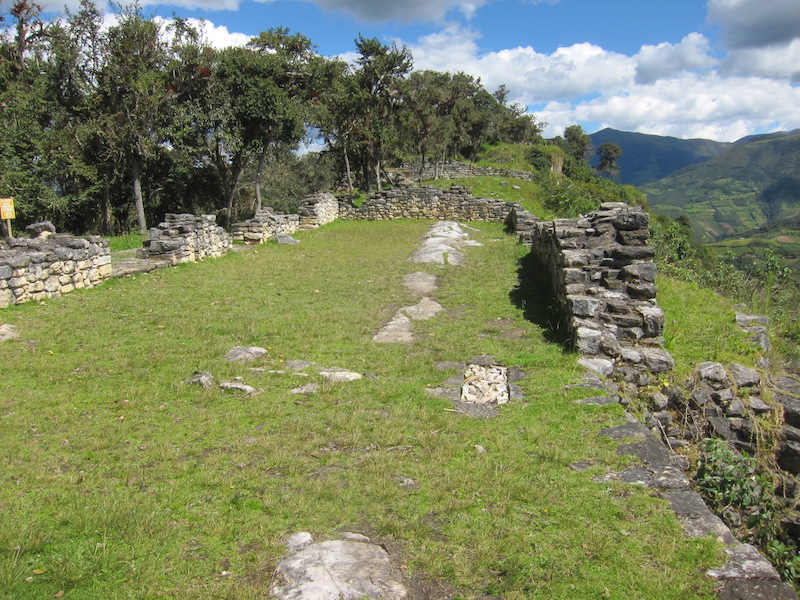
Kuelap
Kuelap is believed to have been established in the 6th Century AD. The main period of construction occurred from 900 to 1100 AD.
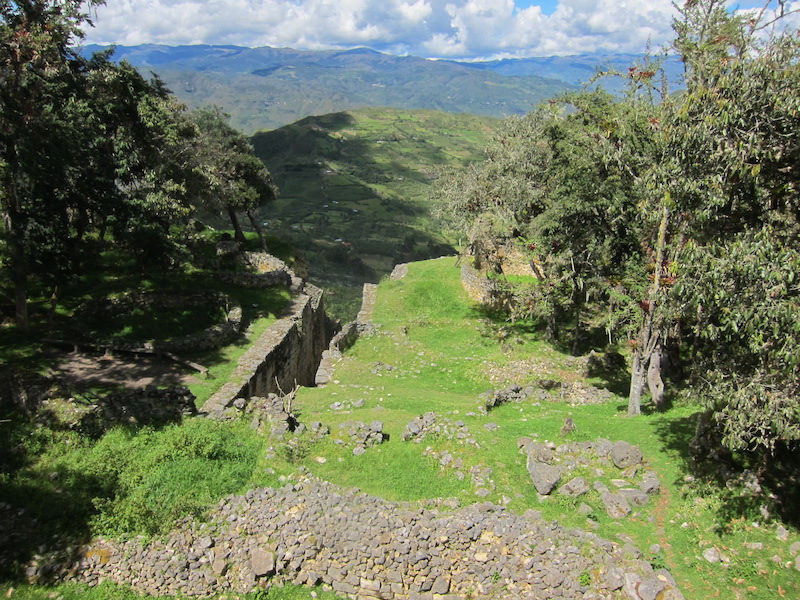
Kuelap
The rolling countryside around Kuelap is a mixture of farmland and cloud forest, which supports a rich growth of bromeliads and orchids.
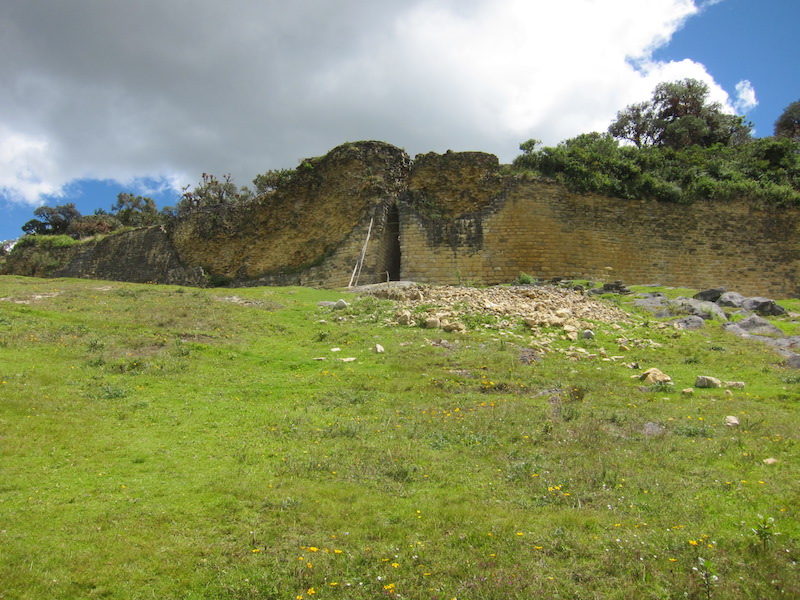
Kuelap
The limestone stone walls at Kuelap reach a height of up to 20 m (66 ft) in some places.
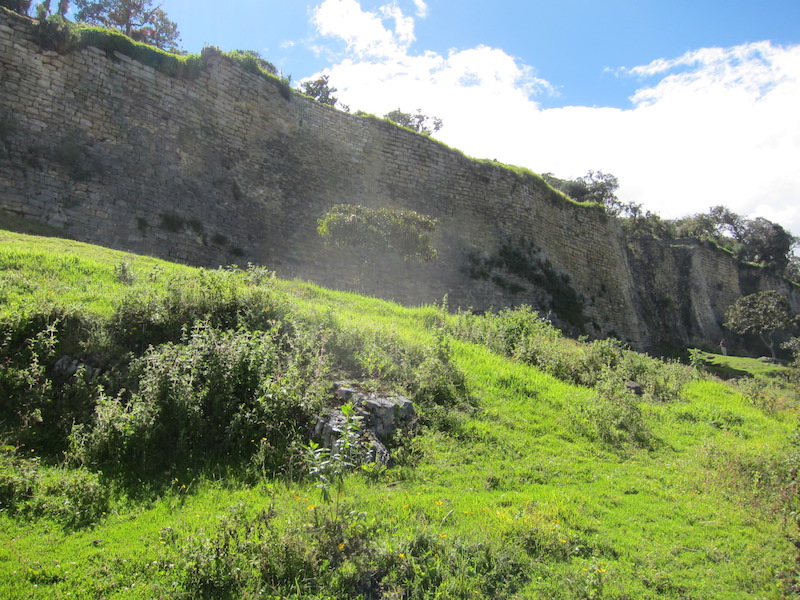
Kuelap
Kuelap’s role is debated by historians: was it a fortress, a temple complex … or a combination of the two?
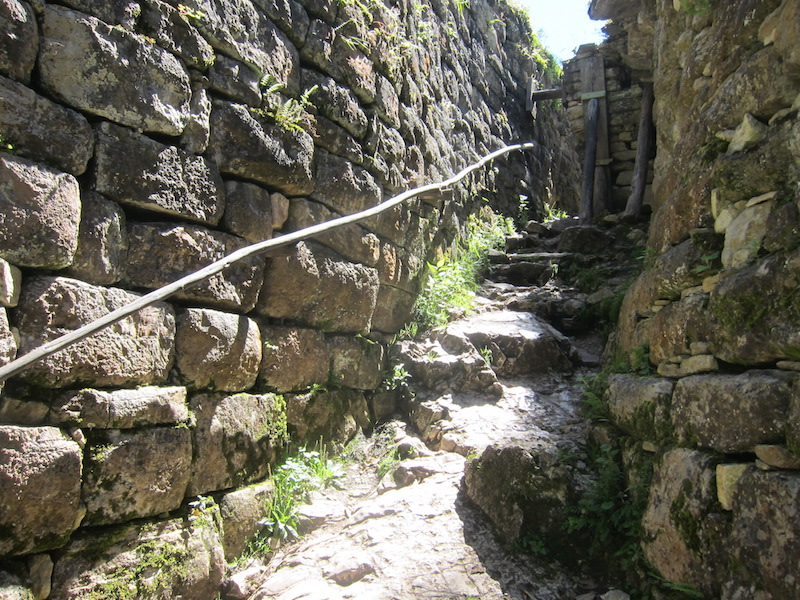
Kuelap
The three entrances to Kuelap are all long, steep and narrowing, so that only one person can enter at a time.
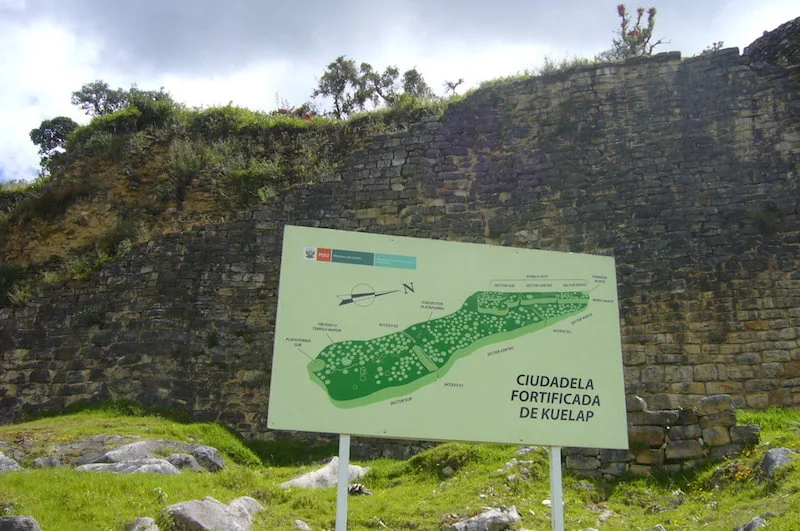
Kuelap
It is generally thought that Kuelap’s massive walls & easily defended entrances were a response to incursions by other cultures, such as the Wari (also spelt Huari ), into Chachapoya territory.
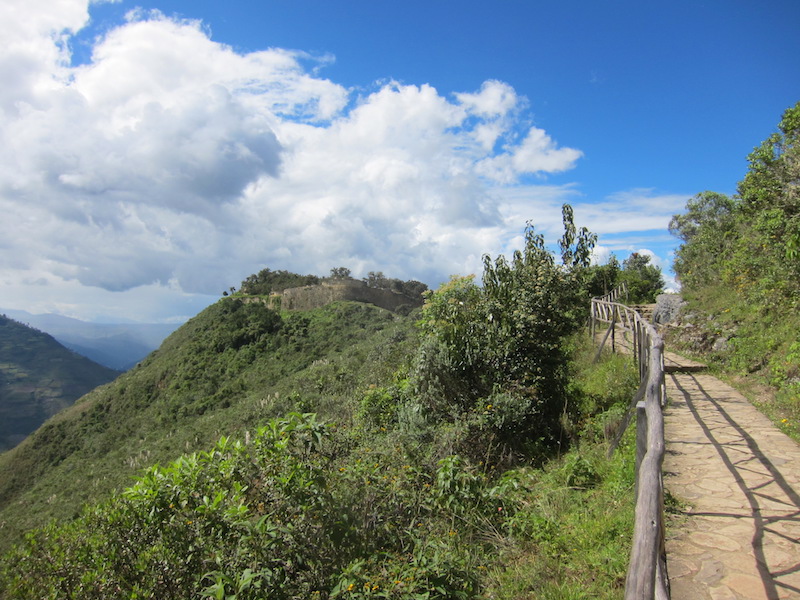
Kuelap
Archaeologists have discovered over 550 structures at Kuelap, that accommodate to the contours of the highland terrain.
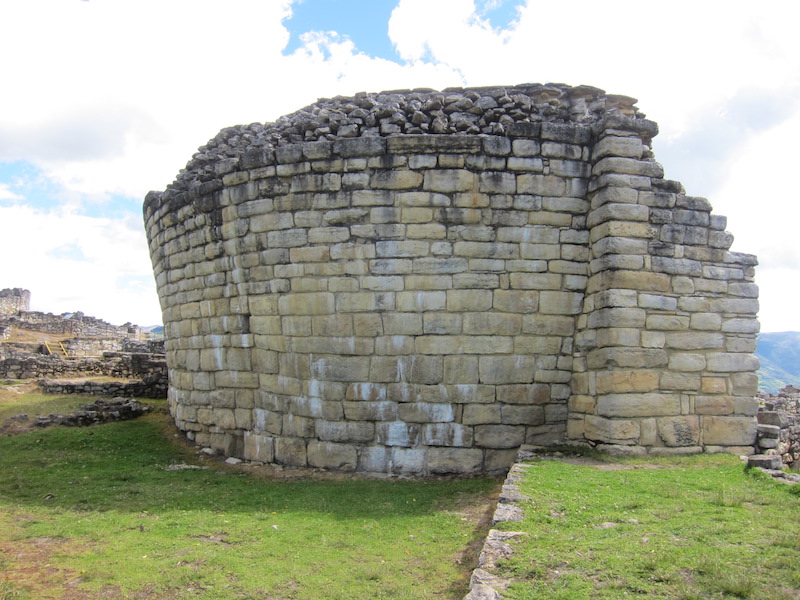
Kuelap
Kuelap’s lower level contains 396 circular structures, of which the Templo Mayor (Main Temple), at a height of 5 m, (23 ft) is the most impressive.
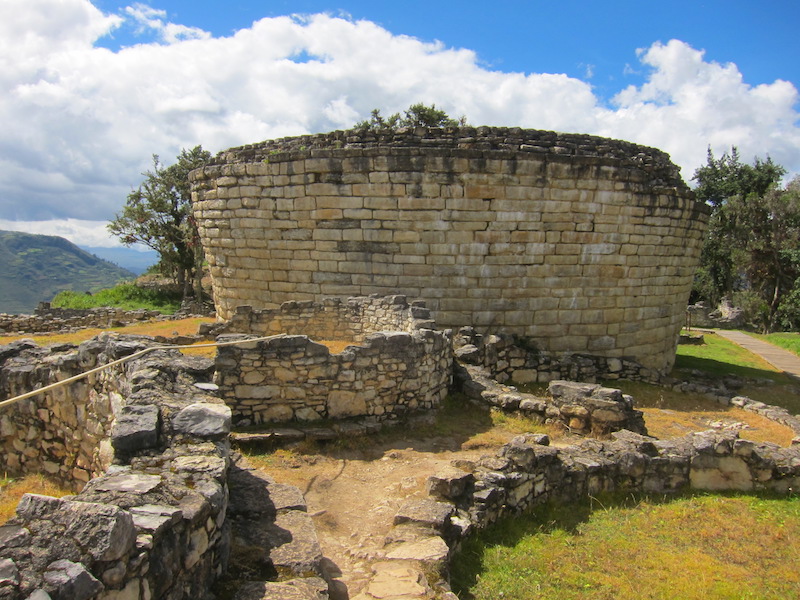
Kuelap
The Templo Mayor is also known as El Tintero (The Inkwell) on account of its inverse conical shape. However, discoveries of buried human remains, animal sacrifice, food offerings and iconography have led archaeologists to conclude that the building was the religious and ritualistic centre of Kuelap.
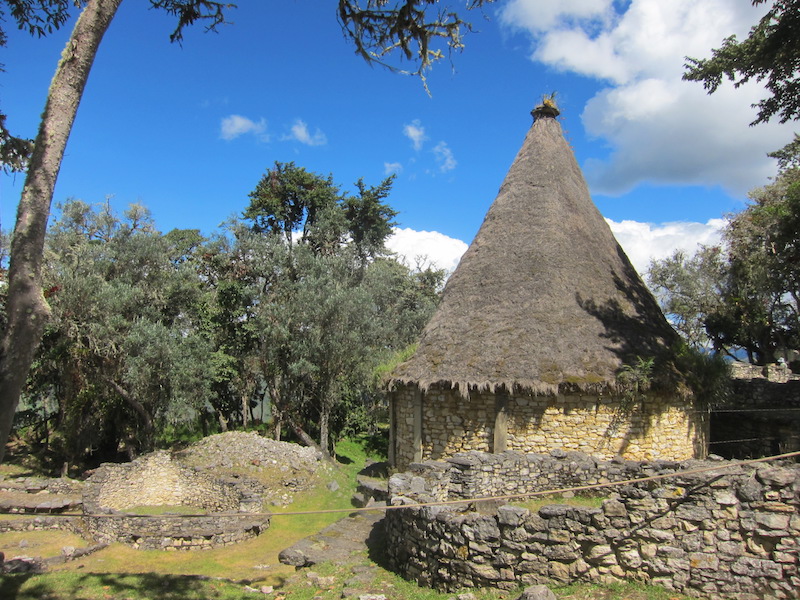
Kuelap
The typical Chachapoya dwelling at Kuelap is a circular construction, with a conical straw roof, reaching up to 4.5 m (15 ft) in height.
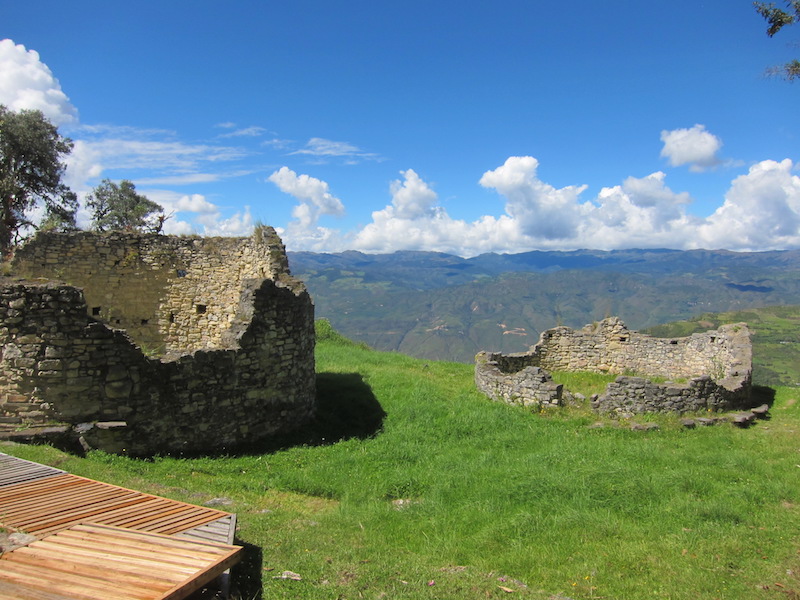
Kuelap
Over 400 round buildings have been found, leading archaeologists to estimate that 3,000 people lived at Kuelap at its apogee.
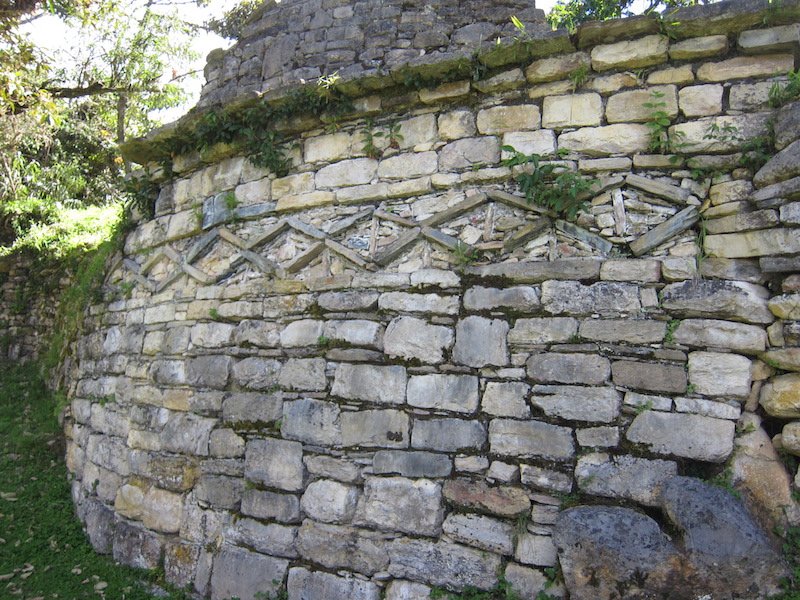
Kuelap
Many of the walls of the residences at Kuelap display the hallmark decorations of Chachapoya architecture: rhomboid patterns and/or anthropomorphic designs.
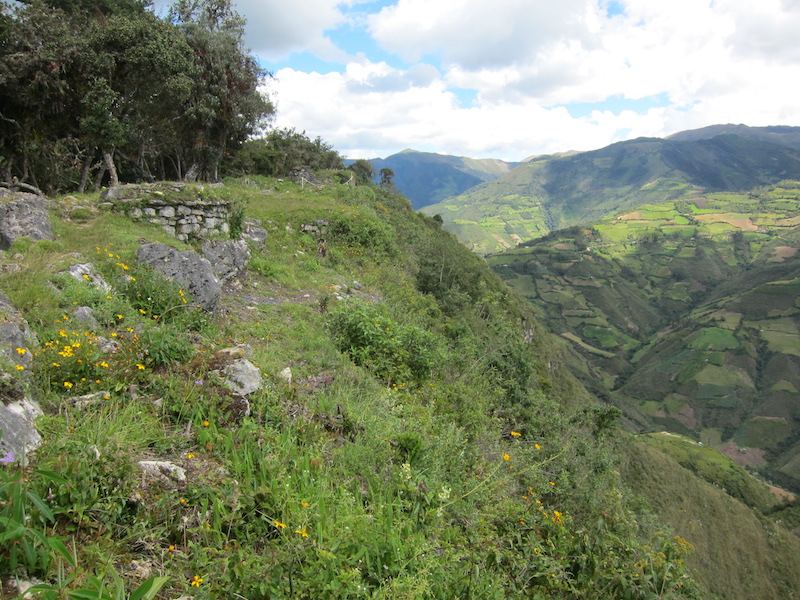
Kuelap
According to Spanish chroniclers (which are far from reliable), the Chachapoya were conquered by the Inca in the second half of the 15th century. They then forced large numbers of Chachapoya people to resettle in other parts of the Inca Empire.
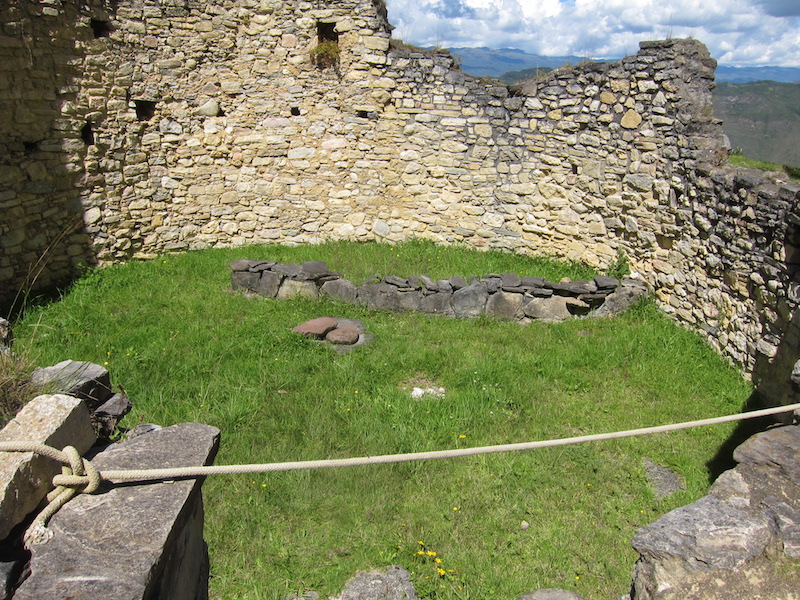
Kuelap
Kuelap was abandoned in the aftermath of the Spanish Conquest - sometime between 1532 & 1570 AD. it was rediscovered in 1843 by Juan Crisóstomo Nieto, a judge from the city of Chachapoyas.
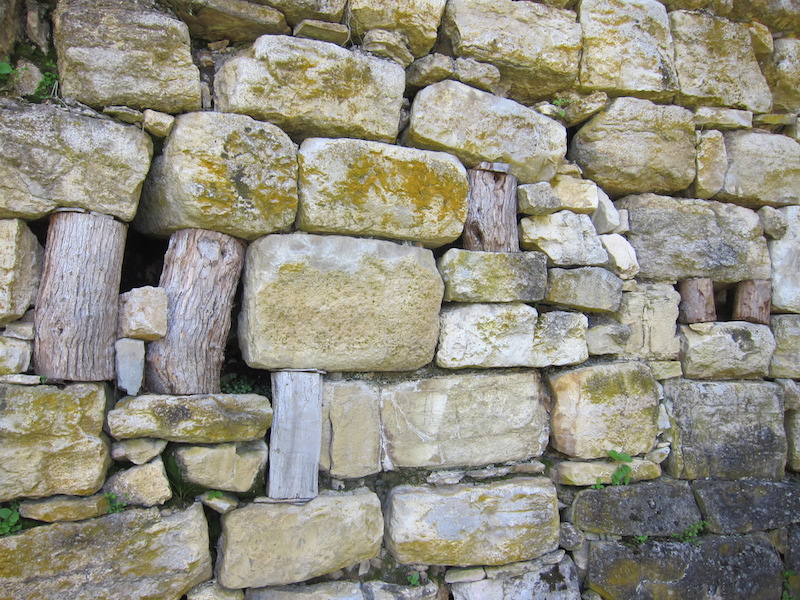
Kuelap
The process of investigation and restoration is ongoing at Kuelap, and our understanding of the site and its inhabitants is sure to expand.





















